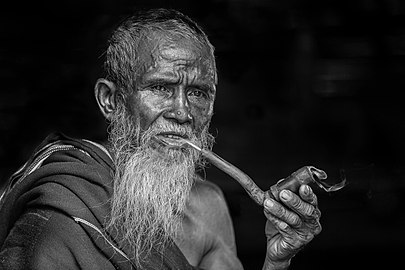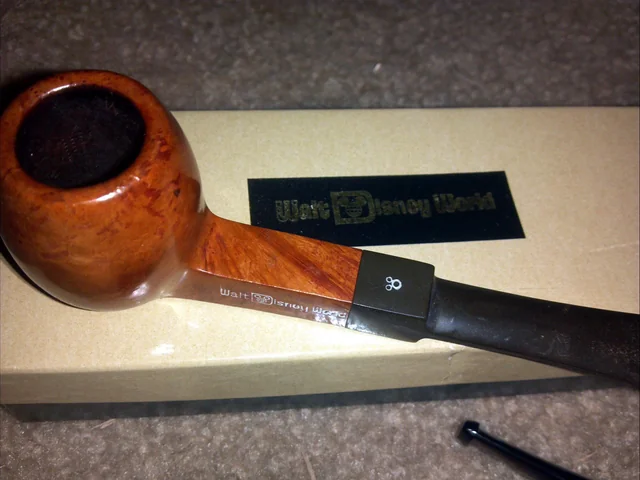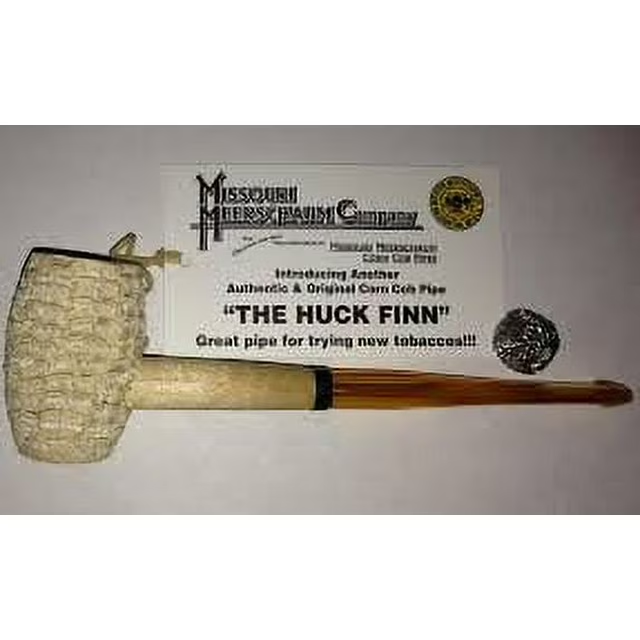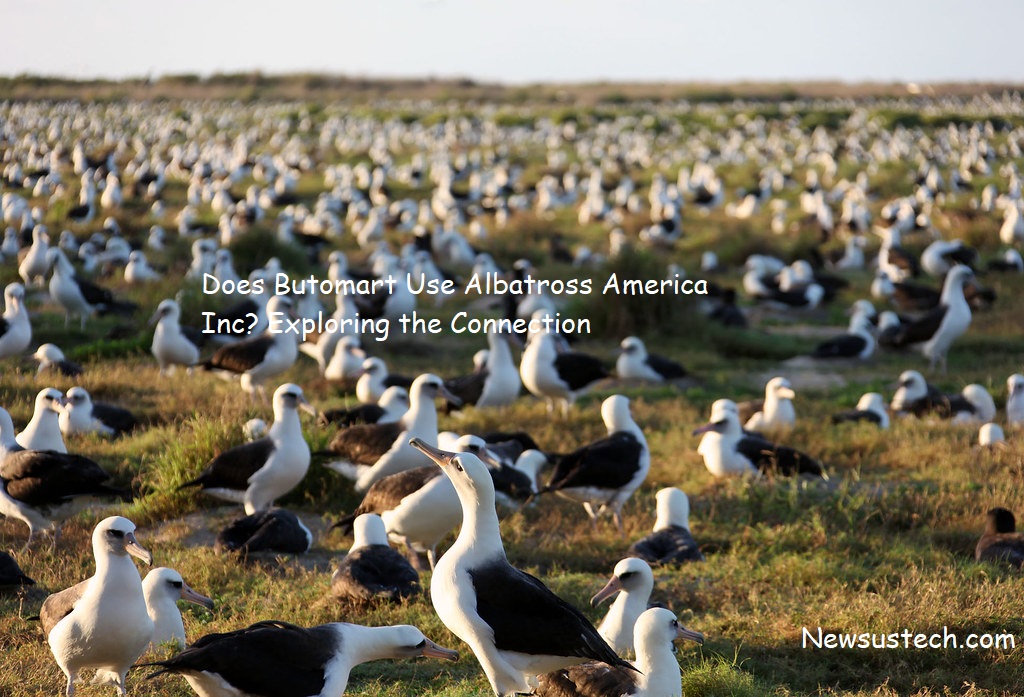Introduction
Mark Twain’s The Adventures of Huckleberry Finn has long been celebrated as a cornerstone of American literature. Beyond its narrative depth and exploration of complex themes such as race, identity, and freedom, the novel is also rich in artistic interpretations that have brought Twain’s words to life. One striking motif that has emerged from these illustrations is the iconic corncob pipe, often associated with the character of Huck Finn. In this blog, we will explore the Google Images Huckleberry Finn Illustrations Corncob Pipe, delving into the significance of these illustrations, their historical context, and the unique charm they bring to the literary experience.
Understanding Huckleberry Finn
Before diving into the visual representations, it’s essential to understand who Huckleberry Finn is. Huck, a young boy who escapes from his abusive father, embodies the spirit of adventure and rebellion. His journey down the Mississippi River alongside Jim, an escaped slave, serves as a powerful exploration of friendship and societal norms.
The Cultural Impact of Huck Finn
Huckleberry Finn has transcended generations, leaving an indelible mark on American culture. His character is often seen as a representation of youthful independence and moral complexity. The illustrations depicting Huck, especially those featuring his corncob pipe, add another layer to his persona, emphasizing his rugged, adventurous spirit.
The Corncob Pipe: Symbolism and Representation
The corncob pipe is more than just a smoking accessory; it symbolizes a connection to rural American life, simplicity, and the charm of the South. This humble pipe reflects Huck’s character—unpretentious, resourceful, and deeply rooted in his environment.
The Significance of the Corncob Pipe in Huck’s Journey
Throughout The Adventures of Huckleberry Finn, the corncob pipe appears as a recurring motif that enhances our understanding of Huck. It is a symbol of his carefree attitude and ability to adapt to his surroundings. As Huck navigates through the complexities of society, his pipe represents his resistance to conforming to societal expectations, showcasing his desire for freedom and authenticity.
Google Images Huckleberry Finn Illustrations Corncob Pipe
As we explore the Google Images Huckleberry Finn Illustrations Corncob Pipe, we discover a treasure trove of artistic interpretations that capture the essence of Huck’s character. These illustrations vary in style, from classic engravings to modern adaptations, each offering a unique perspective on Huck and his journey.
Classic Illustrations of Huckleberry Finn
Many classic illustrations from the late 19th and early 20th centuries portray Huck Finn with his corncob pipe. Artists like Edward A. Abbey and N.C. Wyeth brought Huck to life through their art, emphasizing his boyish charm and adventurous spirit.
The Role of Illustration in Literature
Illustrations serve as a bridge between text and imagination. They allow readers to visualize characters and settings, enriching the reading experience. The Google Images Huckleberry Finn Illustrations Corncob Pipe showcases the artistic interpretations of various illustrators, enabling readers to engage with Huck’s story on a deeper level.
The Artistic Styles of Huckleberry Finn Illustrations
The diversity of styles found in these illustrations reflects the evolution of artistic trends over the years. From detailed realism to whimsical interpretations, each style contributes to the overall understanding of Huck’s character and the themes of the novel.
Realism in Huckleberry Finn Illustrations
Realistic illustrations often aim to depict Huck in a manner that aligns closely with Twain’s descriptions. These artworks capture the textures of Huck’s clothing, the natural environment, and, importantly, the corncob pipe that is a staple of his character. This attention to detail helps readers connect with Huck’s world authentically.
Whimsical Interpretations
On the other hand, whimsical illustrations take creative liberties, portraying Huck in fantastical settings or exaggerated styles. These interpretations can be playful, inviting readers to see Huck through a lens of imagination. The corncob pipe in these illustrations may appear larger than life, symbolizing Huck’s larger-than-life adventures.
Finding Illustrations on Google Images
If you’re interested in exploring the Google Images Huckleberry Finn Illustrations Corncob Pipe, there are a few strategies to find the most relevant and engaging images:
1. Use Specific Keywords
When searching for illustrations on Google Images, using specific keywords can yield better results. For example, try searching “Huckleberry Finn corncob pipe illustration” or “Huckleberry Finn artwork” to find images that showcase this iconic accessory.
2. Explore Different Styles
Don’t limit yourself to just one type of illustration. By exploring various styles, you can gain a broader understanding of how different artists interpret Huck’s character and his corncob pipe. From classic sketches to contemporary renditions, each piece offers a fresh perspective.
3. Check Image Licensing
When using images found on Google, it’s crucial to check the licensing and permissions. Many illustrations may be subject to copyright, so ensure you have the right to use them, especially if you’re considering sharing or publishing them.
The Impact of Digital Art on Huckleberry Finn Illustrations
With the rise of digital art, new interpretations of Huck Finn are emerging. Digital artists can experiment with styles, colors, and techniques, creating fresh representations of Huck and his corncob pipe.
The Future of Huckleberry Finn Illustrations
As technology advances, we can expect to see even more innovative representations of Huck Finn. Artists may use animation, virtual reality, and interactive elements to bring Huck’s story to life in ways we have yet to imagine.
The Importance of Illustrations in Understanding Literature
Illustrations play a vital role in enhancing our understanding of literature. They serve as visual companions to the text, providing context and depth. The Google Images Huckleberry Finn Illustrations Corncob Pipe highlights how art can complement storytelling, allowing readers to engage with the narrative in multifaceted ways.
Engaging Younger Audiences
In an era where attention spans are short, illustrations can be an effective tool for engaging younger audiences. Visual elements draw readers in and can spark interest in the underlying themes of the story, encouraging deeper exploration of Huck’s character and his adventures.
Conclusion
In conclusion, the exploration of Google Images Huckleberry Finn Illustrations Corncob Pipe reveals a rich tapestry of artistic interpretations that breathe life into Mark Twain’s beloved character. The corncob pipe serves as a powerful symbol of Huck’s identity and his journey toward freedom and self-discovery.
As we engage with these illustrations, we not only gain a deeper appreciation for Huck Finn but also recognize the enduring impact of art on literature. Whether you’re a lifelong fan of Huck or a newcomer to his adventures, the visual representations of his character offer a unique lens through which to explore the themes of friendship, freedom, and morality.
As you navigate through the world of Google Images Huckleberry Finn Illustrations Corncob Pipe, take a moment to reflect on how these images enhance your understanding of the narrative. By combining literature with art, we can enrich our reading experiences and appreciate the complexities of characters like Huckleberry Finn in new and exciting ways.
FAQs
1. What is the significance of the corncob pipe in Huckleberry Finn?
The corncob pipe is a symbol of Huckleberry Finn’s character, representing his connection to rural life, simplicity, and his rebellious spirit against societal norms. It emphasizes his adventurous nature and his desire for freedom.
2. Where can I find illustrations of Huckleberry Finn with a corncob pipe?
You can find various illustrations of Huckleberry Finn featuring a corncob pipe by searching on Google Images with keywords like “Huckleberry Finn corncob pipe illustration” or “Huckleberry Finn artwork.”
3. How have illustrations of Huckleberry Finn evolved over time?
Illustrations of Huckleberry Finn have evolved from classic, realistic representations to modern, whimsical interpretations. Artists have experimented with different styles, colors, and techniques, bringing fresh perspectives to Huck’s character.
4. Why are illustrations important in literature?
Illustrations enhance the reading experience by providing visual context and depth to the narrative. They help readers connect with characters and settings, making the story more engaging and accessible, especially for younger audiences.
5. Can I use images found on Google for my projects?
While many images on Google are available for public viewing, it’s essential to check their licensing and copyright status. Ensure you have permission to use any images, especially if you plan to share or publish them.







